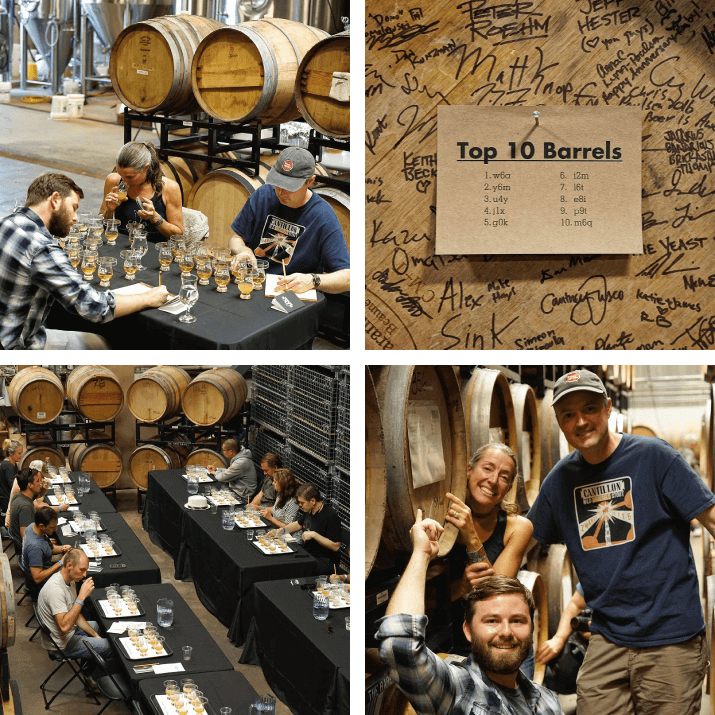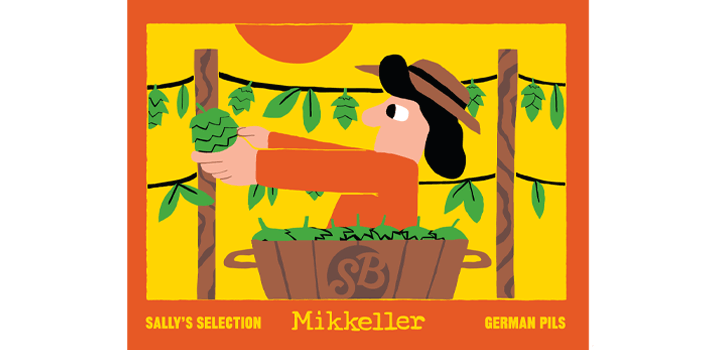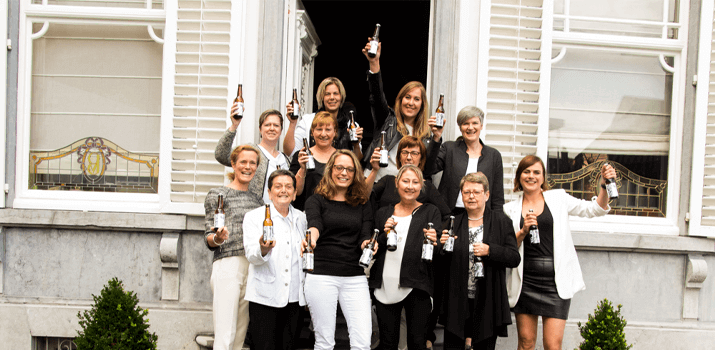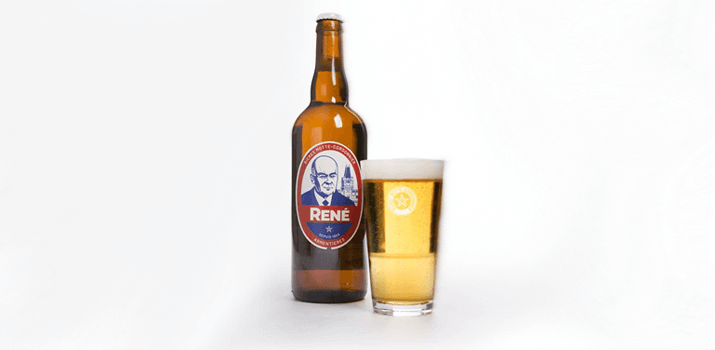Week 23: Unit 2 Quiz
Multiple Choice
1.) What's important to do at a beer festival?
A.) Go for 1/3 pints B.) Talk to those pouring your beer
C.) Try something new D.) All of the above
2.) Which is a prominent Belgian beer style?
A.) Saison B.) Bitter
C.) Pilsner D.) IPA
3.) Which country has the highest beer consumption rate in the world?
A.) Germany B.) Belgium
C.) Czech Republic D.) USA
4.) When observing a beer's appearance, what are you considering?
A.) Clarity, colour, head B.) Clean glass, type of glass
C.) Carbonation, finish, body D.) Label, branding, brewery t-shirts
5.) Which beer is generally considered hoppy?
A.) Doppelbock B.) DIPA
C.) Helles D.) Mild
Fill-in-the-Blank
6.) Unhopped beers in 15th century Britain were known as ___________.
7.) Which beer is widely considered to be the predecessor to most world lagers? ______________________________________
8.) Finings not suitable for vegetarians are called _____________________________.
9.) Inserting CO2 directly into a kegged beer to form carbonation is a process called ___________________________.
10.) The German purity law, the Reinheitsgebot, says that beer can only be made of these four ingredients: ___________________________________________________.
True or False
11.) If a keg beer is fobbing over possible reasons are improper temperature and not opening the faucet completely. _____
12.) The birthplace of modern craft beer is widely considered to be the UK. _____
13.) A Bohemian Pilsner is generally maltier than a German Pils. _____
14.) The work stops at the brewery when dealing with cask ales. _____
15.) Noting viscosity is important when making observations of flavour. _____
Identify the Style
We touched on some styles in this unit (we'll get more in depth in later units) but try to identify the style based on the clues below:
16.) Ranking among the world’s strongest beers this rich lager used to sustain German monks during Lenten fasts. They're generally slightly sweet with just enough hops to strike a balance, warming all the way down. ______________________________________
17.) First brewed in 1800's San Francisco using lager yeasts fermented at a higher temperature. The result is a beer with fruity characteristics and an assertive hop bitterness. _______________________________________
18.) Dating back to 18th century London this beer is the predecessor to all stouts. Noted for its restrained roasted character and bitterness, it leans to the sweet side, with a significant caramel or toffee character and malty complexity. ________________________________________
19.) Literally “white beer”, this Belgian wheat ale got its name because of its cloudy haze. A smooth mouthfeel and grainy malts meet a dry and spicy Belgian yeast character with notes of coriander and orange. ________________________________________
20.) One of the most celebrated Belgian Trappist style ales, this beer generally displays a gleaming russet colour and has a complex flavour and aroma: spice, florals, dried fruits and plums. Moderately sweet and medium-full bodied and a dry finish. ________________________________________
Style Guide
For the final question, fill in the missing basic style information (in your words) for the following beer (hint: you may have to draw on some of your knowledge from Unit 1):
Style:
Brief History of the Style:
Style Standards:
Appearance:
Aroma:
Flavour:
Mouthfeel:
Fermentation:
Serving Temperature:
Glassware:
Storage Temperature:
Max Length of Storage:
Well done! We'll see you next week with the answers as we finally wrap up Unit 2. Until then, enjoy a delicious beer or three. You've earned it!





